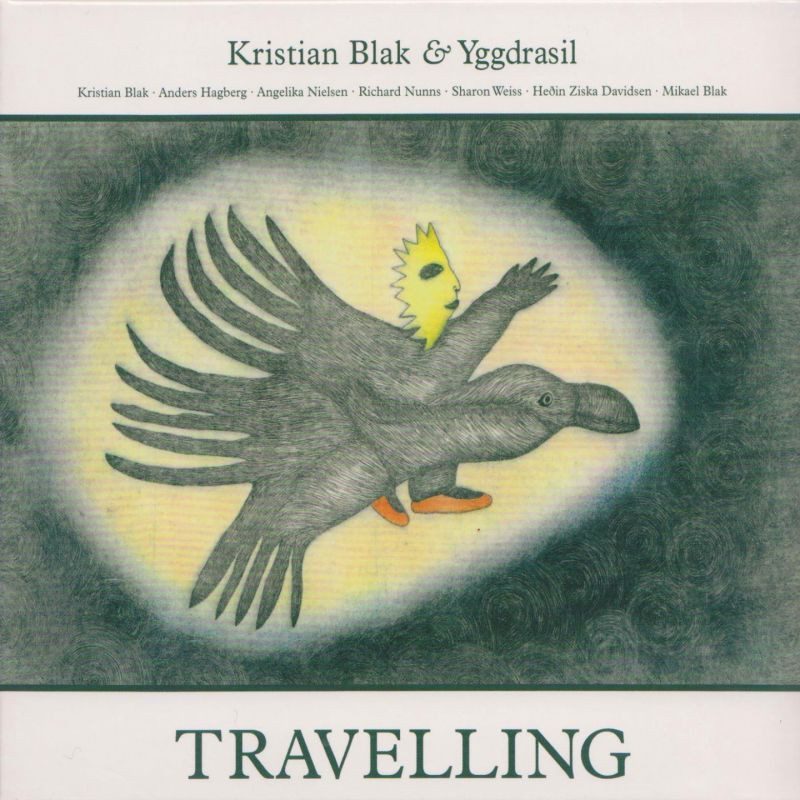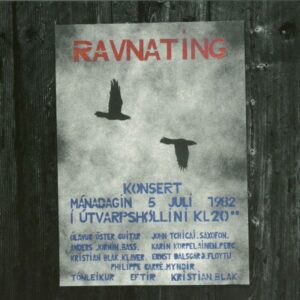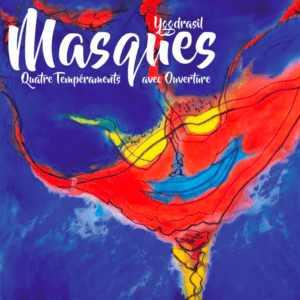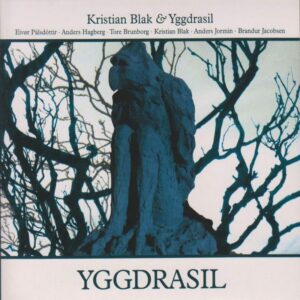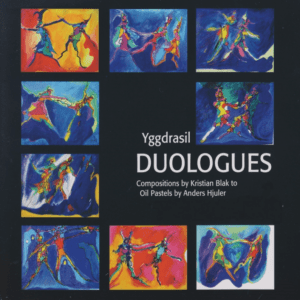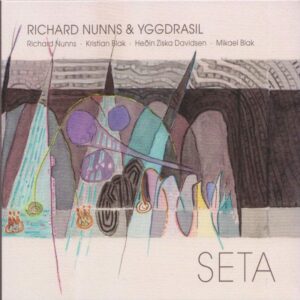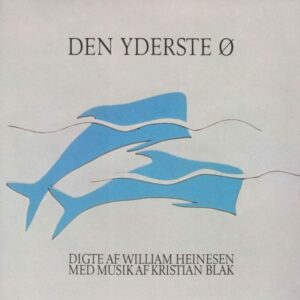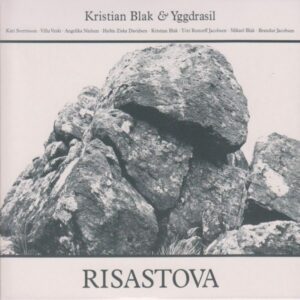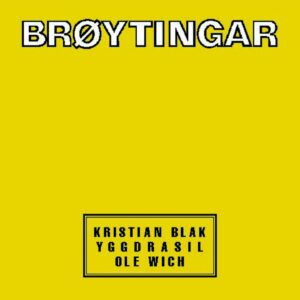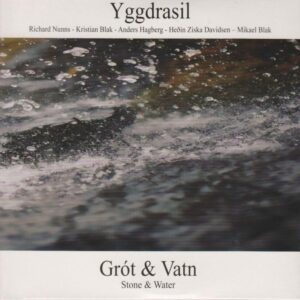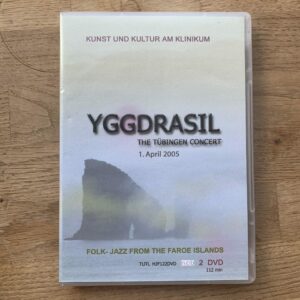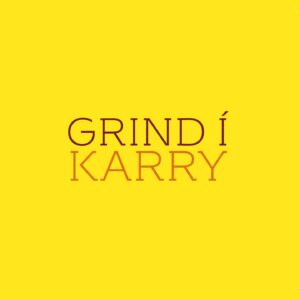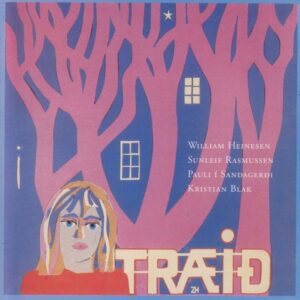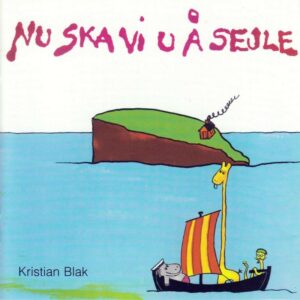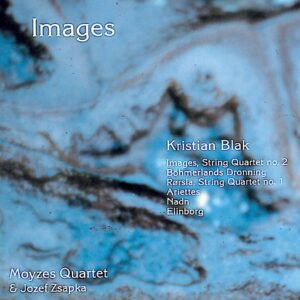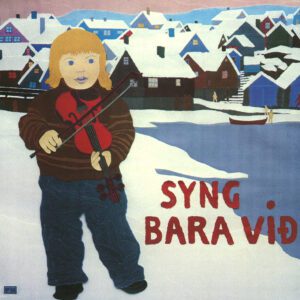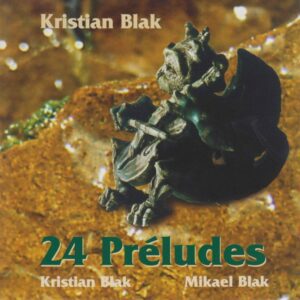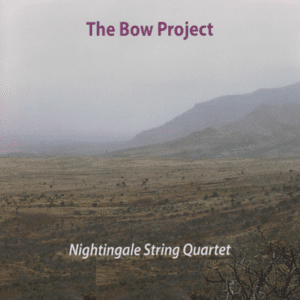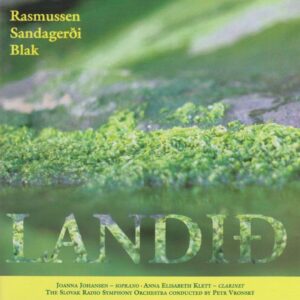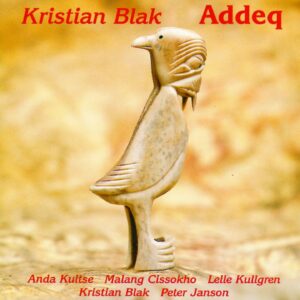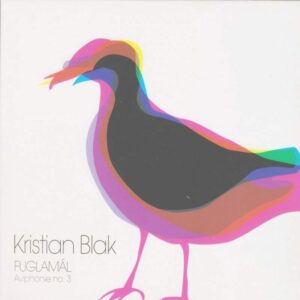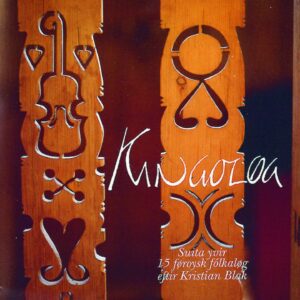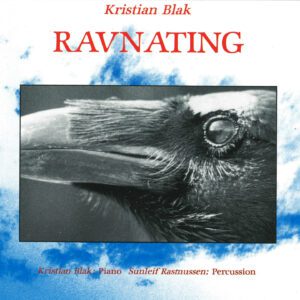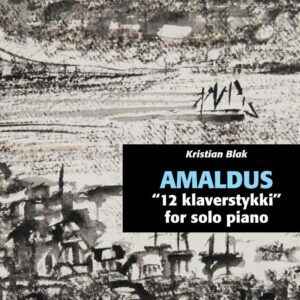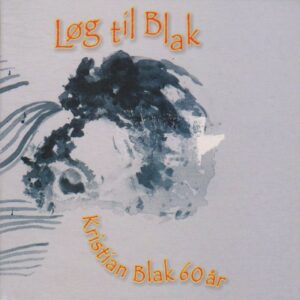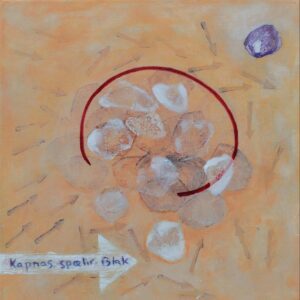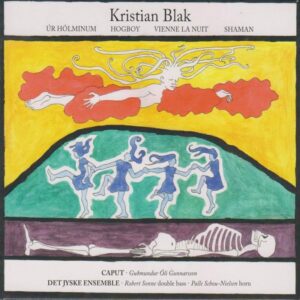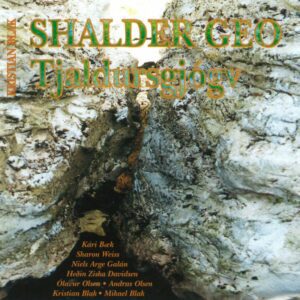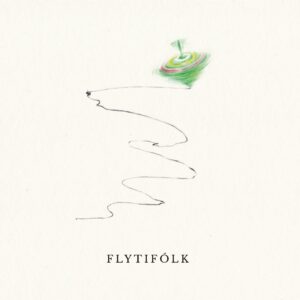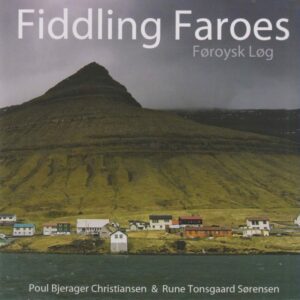Description
About Travelling
TRAVELLING is a suite of nine episodes, a journey from the sea, over land, through the air and back to the ocean All the episodes refer to mythical or shamanistic travel, linking distant but related musical and cultural concepts.
1. UMIAQ (BOAT)
Music inspired by drum dance phrases from Qaanaaq, Thule District, in Northern Greenland. In Inuit myths these boats, like their kayaks, are capable of flying through the air.
2. HORSE
“The tree in which Odin “hanged” himself can only be the Cosmic Tree, Yggdrasil; its name means the steed of Ygg (Odin). Odin’s steed, Sleipnir, has eight hooves. Now, the eight-hoofed horse is the shamanic horse par excellence; it is found among the Siberians, as well as elsewhere, always in connection with the shaman’s ecstatic experience” (Mircea Eliade: Shamanism: Archaic Techniques of Ecstacy, 1951)
3. SWAN
Includes recordings of black swans made by Lise and Carl Weismann in Australia 1957.
4. WIND
A South American Mapuche melody joins the wind.
5. GOYAALÉ
Based on a medicine song as sung by Apache Chief Geronimo, collected in 1906 by Natalie Curtis. Said Geronimo: “The song that I will sing is an old song, so old that no-one knows who made it. It has been handed down through generations and was taught to me when I was but a little lad. It is now my own song. It belongs to me. This is a holy song, a medicine-song, and great is its power. The song tells how, as I sing, I go through the air to a holy place where Yusun (The Supreme Being) will give me power to do wonderful things. I am surrounded by little clouds, and as I go through the air I change, becoming spirit only.” Goyaalé is Geronimo’s Apache name.
6. RAVEN
“Shaman Travelling by Night”, the cover artwork for this CD, is Nunavut artist Lipa Pitsiulak’s vision as etched by printmaker Jolly Atagooyuk.
7. FEATHER
8. TROUT
Describing Odin’s ability to change shape at will, Icelandic historian and poet Snorri Sturluson (1179- 1241) writes “His body lay as though he were asleep or dead, and he then became a bird or a beast, a fish or a dragon, and went in an instant to far-off lands.”
9. QAJAQ
A traditional Inuit kayak song, sung by Ajakutooq, recorded in 1906 in East Greenland by William Thalbitzer. This recording is used by kind permission of Dansk Folkemindesamling (Danish Folk Archive). Thalbitzer translated Ajukutooq’s text:
When I’m out of the house in the open, I feel joy
When I get out on the sea, I feel joy.
If it is really fine weather, I feel joy.
If the sky clears nicely, I feel joy.
May it continue thus for the good of my sealing!
May it continue thus for the good of my hunting!
May it continue thus for the good of my singing-match!
May it continue thus for the good of my drum-song!
YGGDRASIL, is the World Tree in Norse mythology. The branches of the mighty ash reach up above the heavens, and its three roots pass into the realms of the Æsir and of the frost giants and descend deep into the underworld. At the very top of Yggdrasil sits the wise eagle, keeping watch. The three Norns water and nurture the tree each day, while the great serpent Niðhøgg, together with a host of lesser snakes, gnaws at its root. Thus the tree is in a state of cosmic equilibrium, constantly threatened and devoured as it grows and flourishes.
Recorded May-June 2011 at Bloch Studio, Tórshavn, Faroe Islands.
Kayak song by Ajukutooq, recorded 1906 in East Greenland by Willions Thalbier Remastering 2011 by Morten Carlsen, Dansk Folkemindesamling
Recordings of black swans by Lise and Carl Weismann in Australia 1957.
Sounds of falling stones, river and wind recorded in the Faroe Islands 1983 by Helgi Jacobsen.
This recording was made possible by grants from Landspening KODAS Gramexgrunnurin, Fjetrit and Mentanargrunnur Landsins
Tracklist:
- UMIAQ
- HORSE
- SWAN
- WIND
- GOYAALÉ
- RAVEN
- FEATHER
- TROUT
- QAJAQ
Released on the following formats:
CD and digitally on all major platforms (Spotify, Apple Music, etc.). You can check it out by using this link: https://bfan.link/travelling



